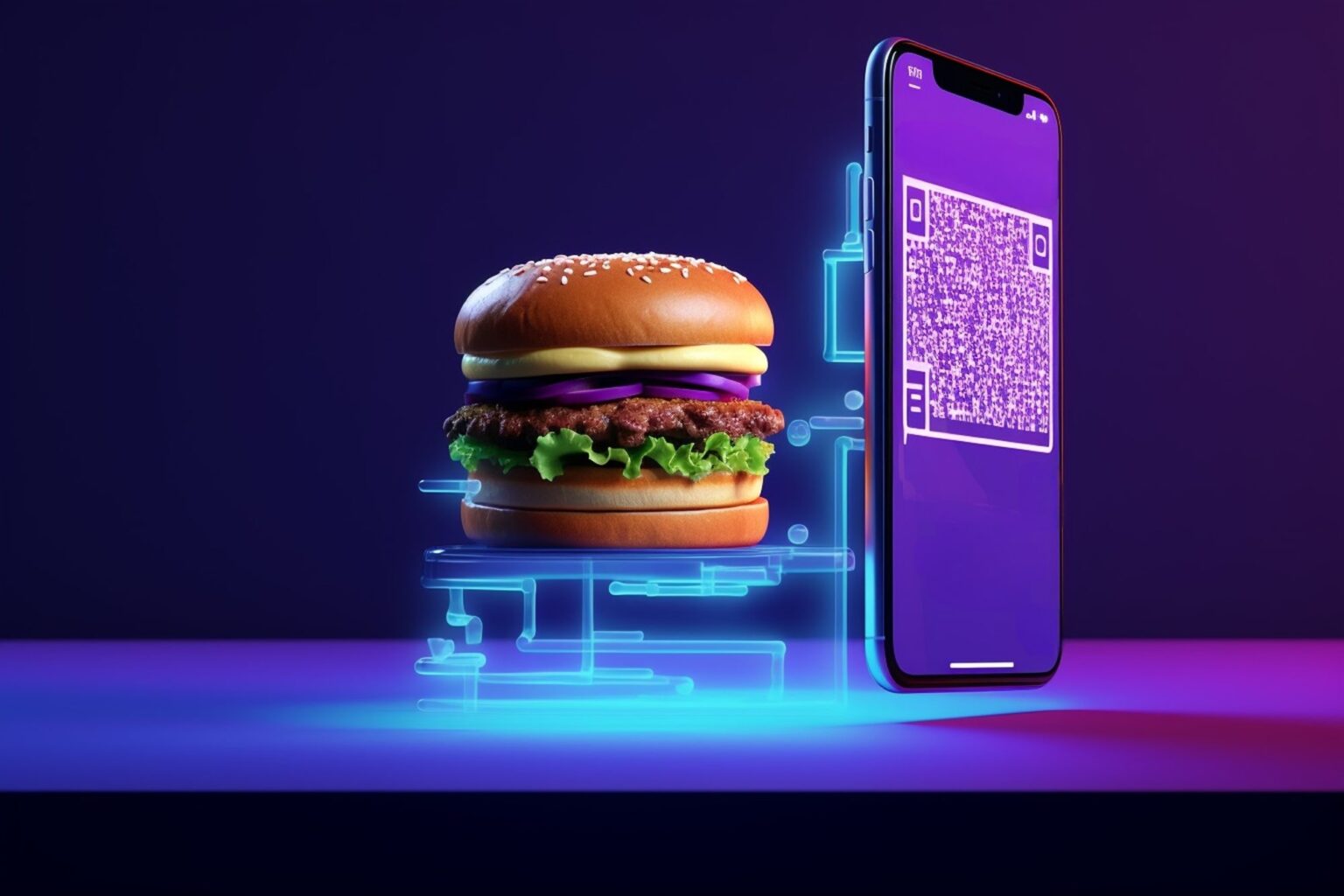Contactless commerce has emerged as a dominant trend in the retail industry, accelerated by changing consumer preferences, technological advancements, and the global shift towards digitalization. This article explores the future of contactless commerce by navigating emerging trends and technologies that are shaping the retail landscape. From mobile payments to voice commerce and beyond, retailers must adapt to these innovations to meet the evolving needs and expectations of consumers in the digital age.
- Evolution of Contactless Commerce:
- Definition: Contactless commerce refers to retail transactions conducted without physical contact between customers and merchants, facilitated by digital payment methods, self-service technologies, and remote shopping experiences.
- Growth Drivers: The rise of contactless commerce is fueled by factors such as convenience, speed, safety, and hygiene, as well as the proliferation of smartphones, connected devices, and internet-enabled services.
- Emerging Trends in Contactless Commerce:
- Mobile Payments: Mobile payment solutions, such as digital wallets, mobile apps, and Near Field Communication (NFC) technology, enable consumers to make secure and convenient payments using their smartphones or wearable devices, eliminating the need for physical cards or cash.
- Scan-and-Go Technology: Scan-and-go systems allow customers to scan product barcodes with their smartphones, add items to their virtual shopping carts, and complete transactions seamlessly without visiting traditional checkout counters, enhancing convenience and reducing waiting times.
- Voice Commerce: Voice-activated assistants, such as Amazon Alexa, Google Assistant, and Apple Siri, enable hands-free shopping experiences, allowing consumers to place orders, search for products, and make purchases using voice commands, ushering in a new era of conversational commerce.
- Contactless Delivery and Pickup: Contactless delivery and curbside pickup services enable customers to receive their orders safely and conveniently, without direct physical contact with delivery drivers or store personnel, meeting the demand for contact-free fulfillment options.
- Augmented Reality (AR) and Virtual Try-On: AR-powered virtual try-on experiences allow customers to visualize products in their real-world environment before making a purchase, enhancing confidence and reducing the need for in-store visits or physical fittings.
- Technologies Shaping the Future of Contactless Commerce:
- Internet of Things (IoT): IoT devices, such as smart sensors, beacons, and connected appliances, enable seamless integration and automation of retail operations, from inventory management and supply chain logistics to personalized marketing and customer engagement.
- Artificial Intelligence (AI) and Machine Learning: AI-powered algorithms analyze vast amounts of customer data to generate personalized recommendations, optimize pricing strategies, and automate customer service interactions, delivering tailored shopping experiences at scale.
- Blockchain Technology: Blockchain provides a transparent and tamper-proof ledger for tracking and tracing products across the supply chain, ensuring product authenticity, transparency, and trust in contactless commerce transactions.
- 5G Connectivity: 5G networks offer ultra-fast, low-latency connectivity, enabling real-time interactions, immersive experiences, and seamless connectivity between devices, applications, and services in the contactless commerce ecosystem.
- Biometric Authentication: Biometric authentication methods, such as facial recognition, fingerprint scanning, and voice recognition, enhance security and convenience in contactless commerce transactions, enabling secure access to digital wallets, accounts, and devices.
- Navigating Challenges and Opportunities:
- Security and Privacy Concerns: Retailers must address security and privacy concerns associated with contactless commerce, such as data breaches, identity theft, and unauthorized access, by implementing robust encryption, authentication, and cybersecurity measures.
- Digital Divide: Bridging the digital divide and ensuring equitable access to contactless commerce technologies is essential to avoid excluding segments of the population, such as elderly or low-income individuals, who may lack access to smartphones, internet connectivity, or digital literacy skills.
- Regulatory Compliance: Compliance with data protection regulations, payment industry standards, and consumer protection laws is crucial for retailers to maintain trust and confidence in contactless commerce transactions, requiring ongoing monitoring, audit, and compliance efforts.
- Customer Experience: Enhancing the customer experience is paramount in contactless commerce, requiring retailers to prioritize user-friendly interfaces, seamless integration, and personalized interactions that anticipate and fulfill customer needs and preferences.
- Future Outlook and Strategic Considerations:
- Omnichannel Integration: The future of contactless commerce lies in seamless omnichannel experiences that blend physical and digital touchpoints, enabling customers to engage with brands across multiple channels, devices, and contexts seamlessly.
- Innovation and Experimentation: Retailers must embrace innovation and experimentation to stay ahead in the rapidly evolving landscape of contactless commerce, exploring emerging technologies, business models, and customer engagement strategies to drive growth and differentiation.
- Collaboration and Partnerships: Collaboration between retailers, technology providers, financial institutions, and other stakeholders is essential for driving innovation, scalability, and interoperability in contactless commerce ecosystems, fostering collaboration and co-creation of value.
- Customer-Centricity: Putting customers at the center of contactless commerce strategies is paramount, requiring retailers to listen, learn, and adapt to evolving customer preferences, behaviors, and expectations, and deliver personalized, seamless, and memorable shopping experiences that build trust and loyalty.
Conclusion: The future of contactless commerce is dynamic and transformative, driven by emerging trends and technologies that redefine the retail landscape. By embracing innovation, prioritizing customer-centricity, and navigating challenges effectively, retailers can unlock new opportunities, drive growth, and deliver exceptional shopping experiences that meet the evolving needs and expectations of consumers in the digital age.



